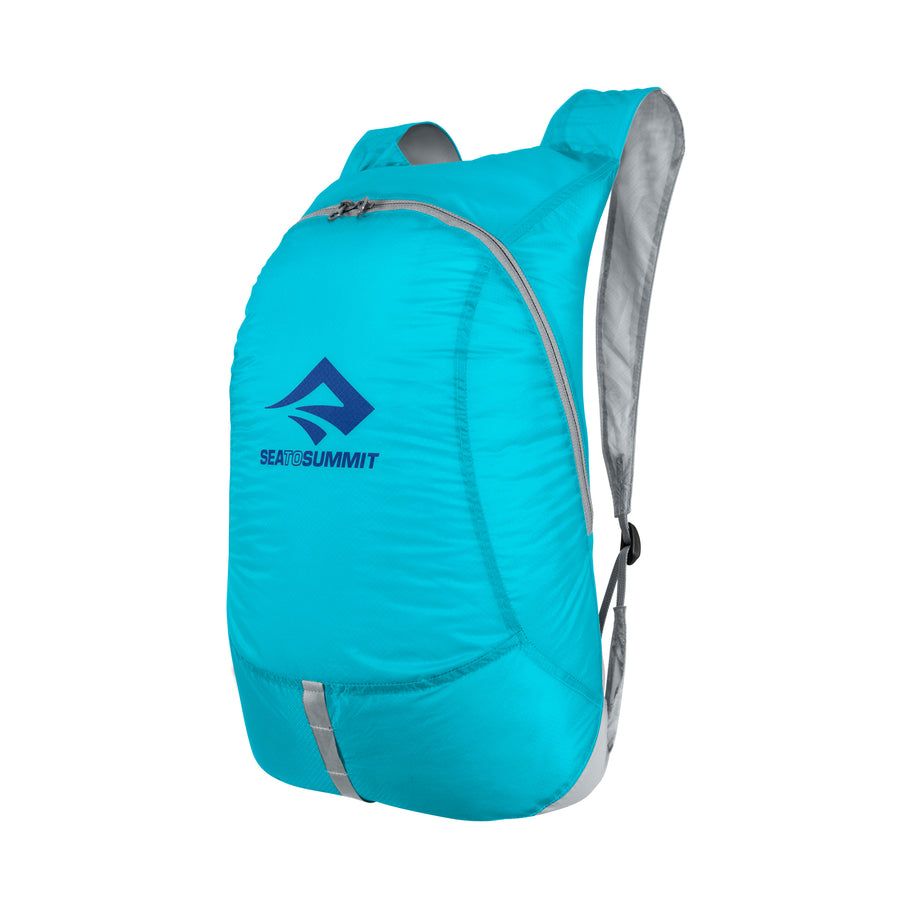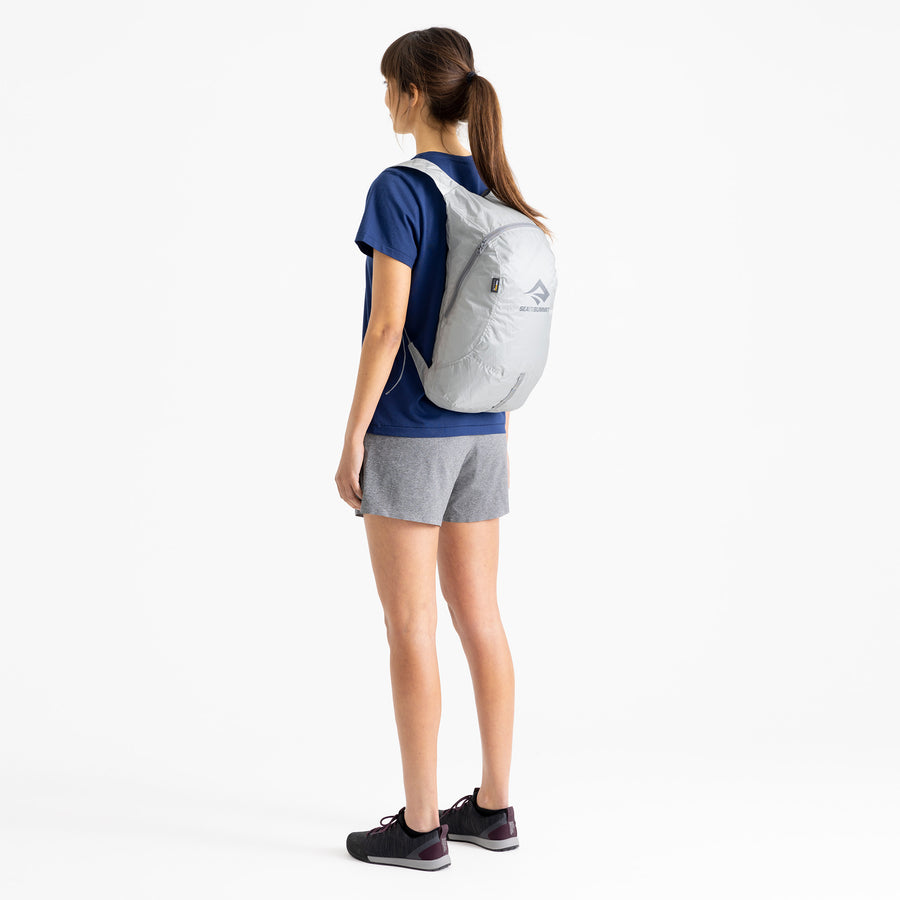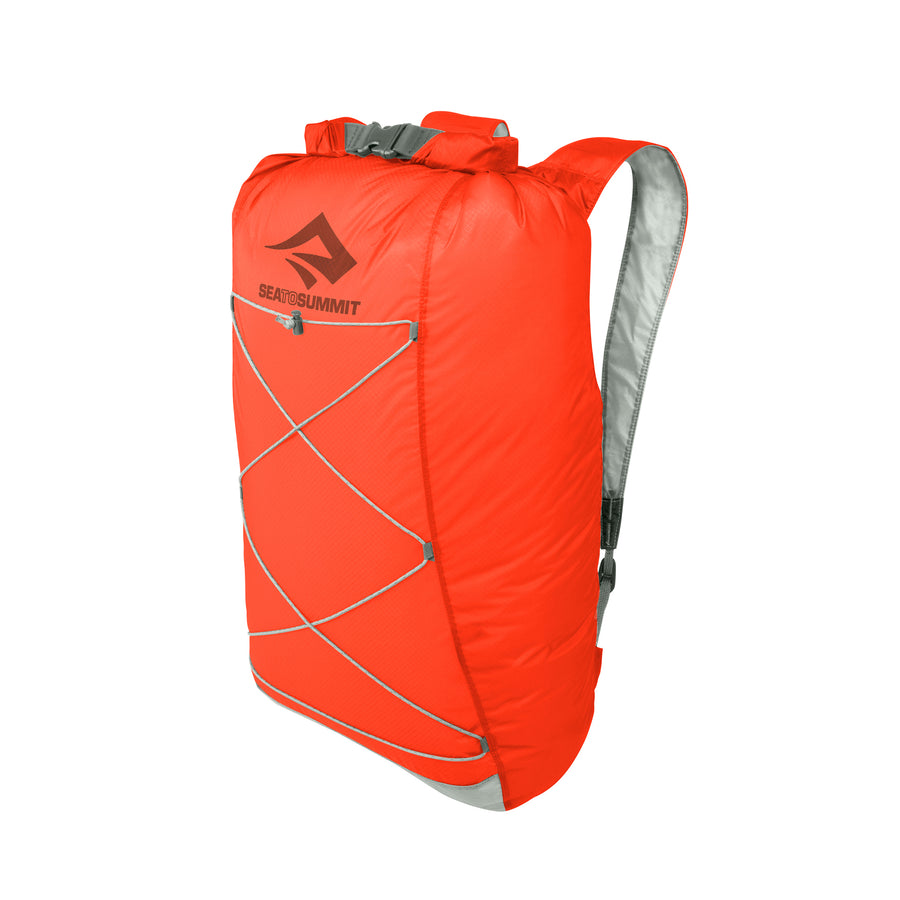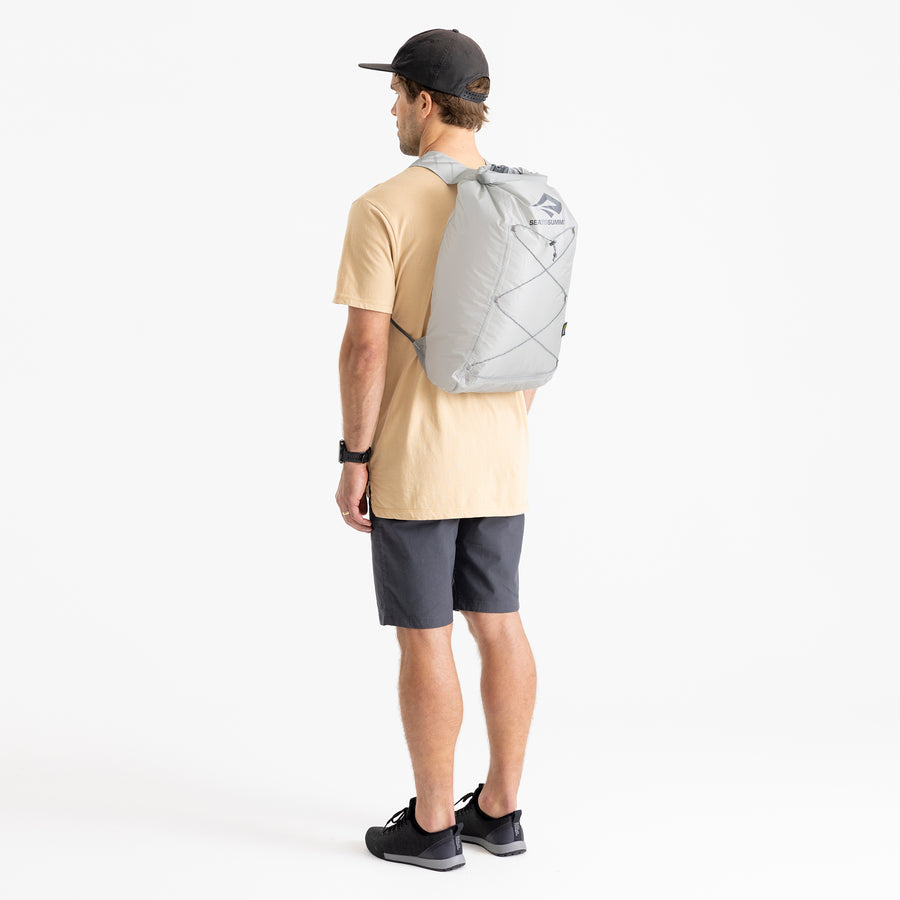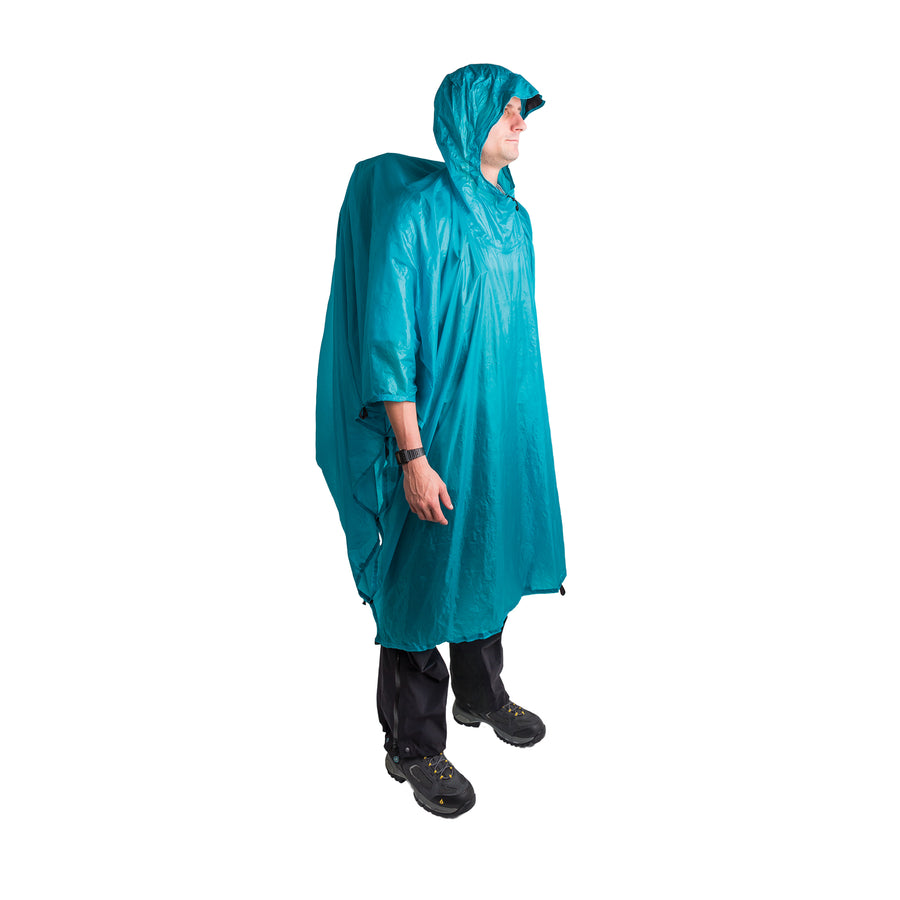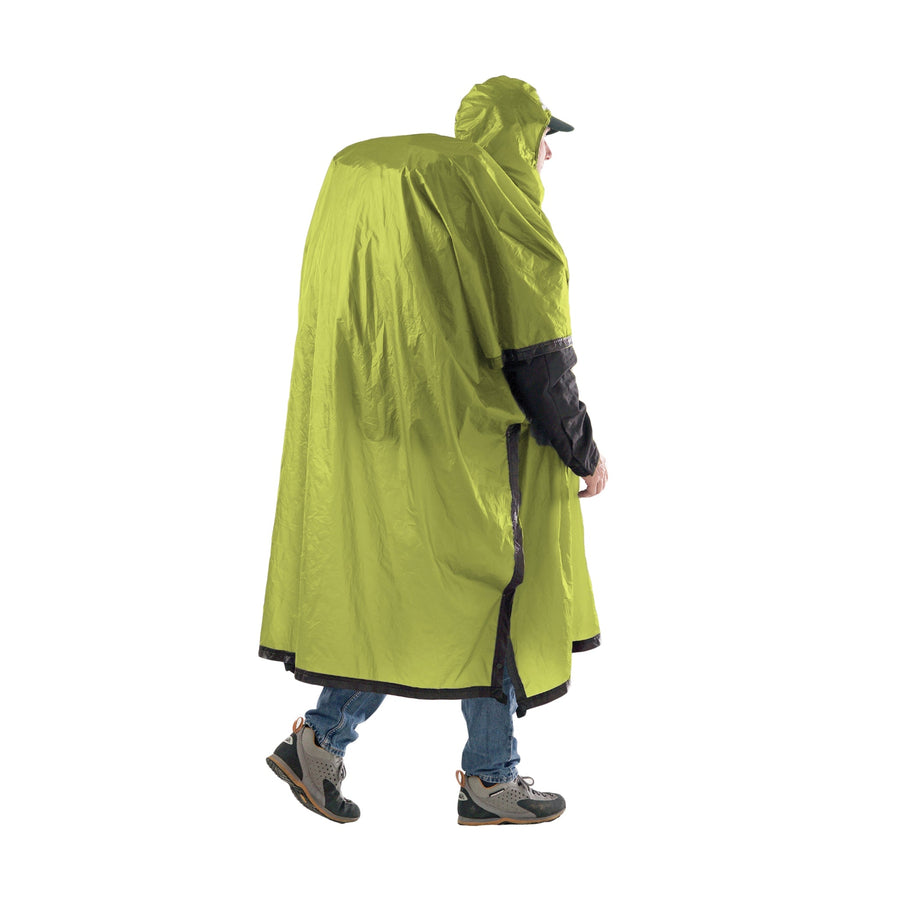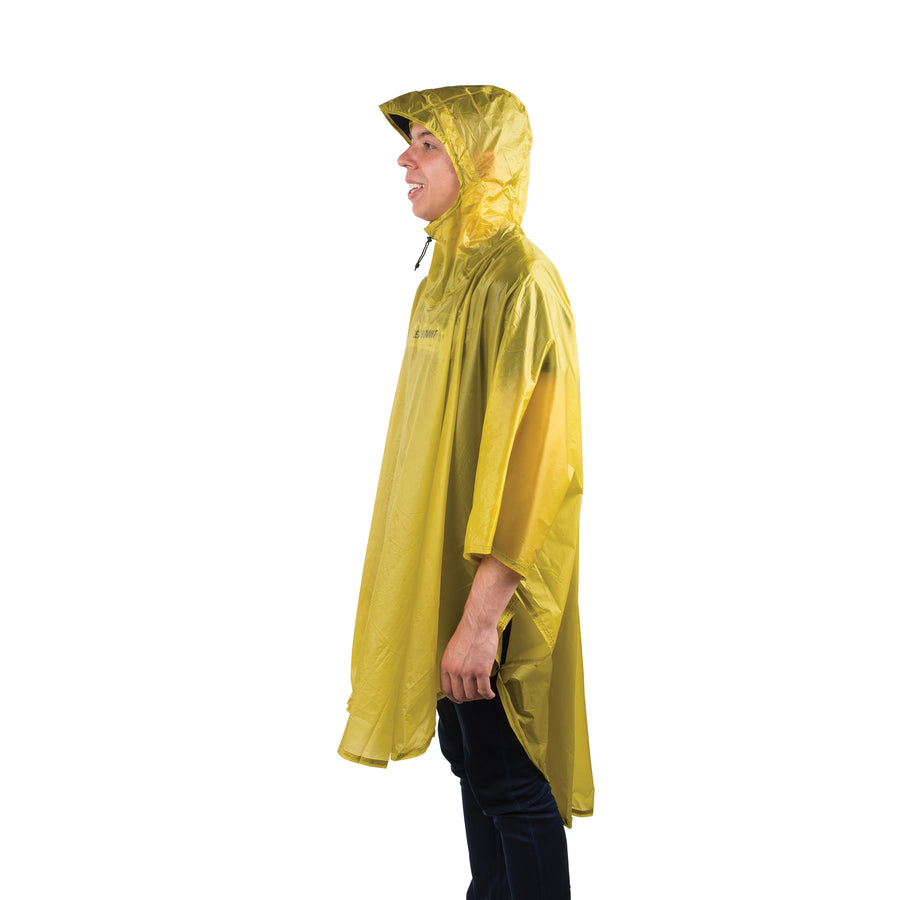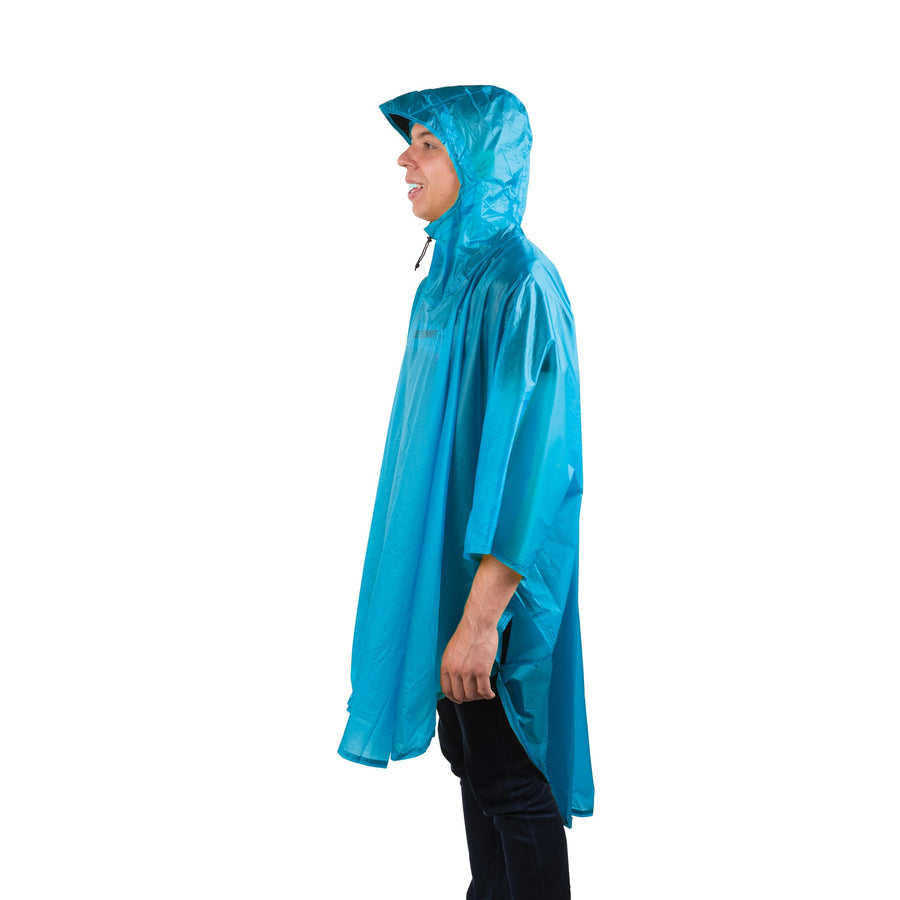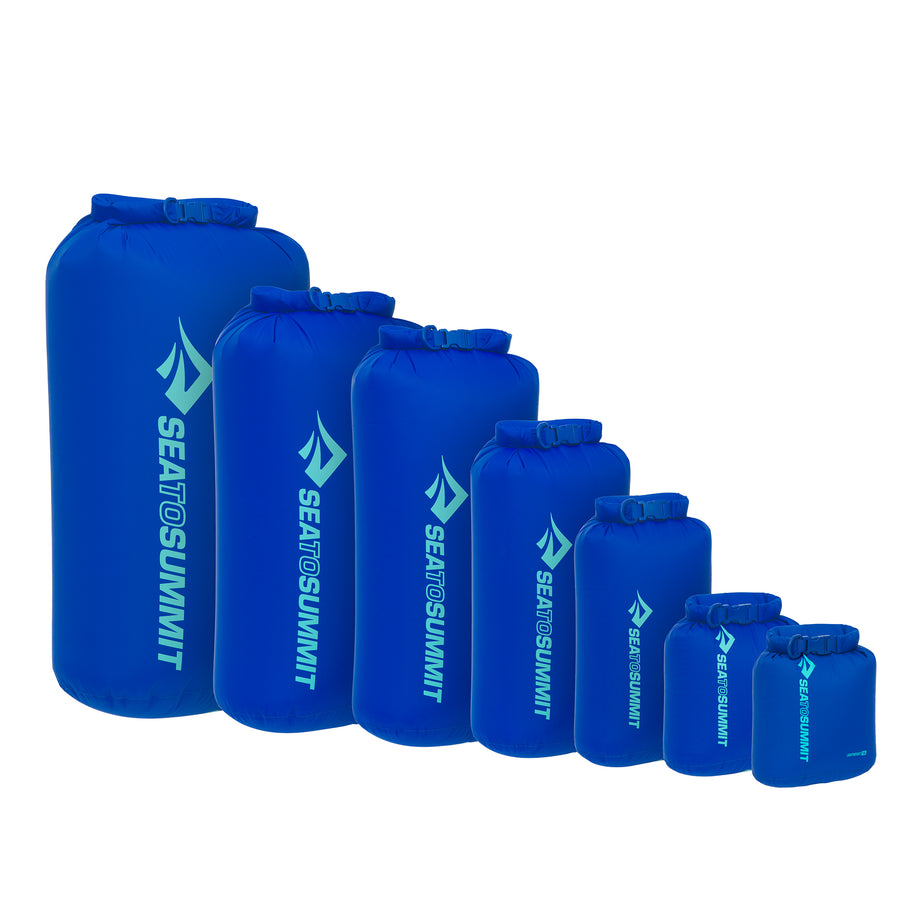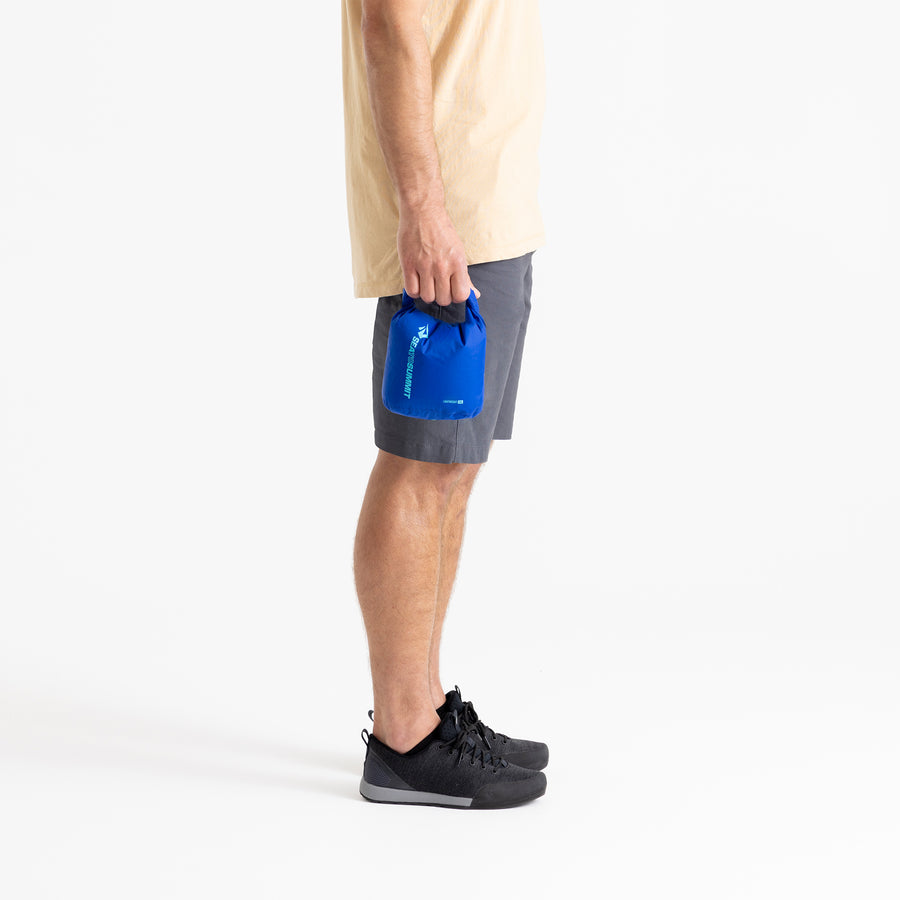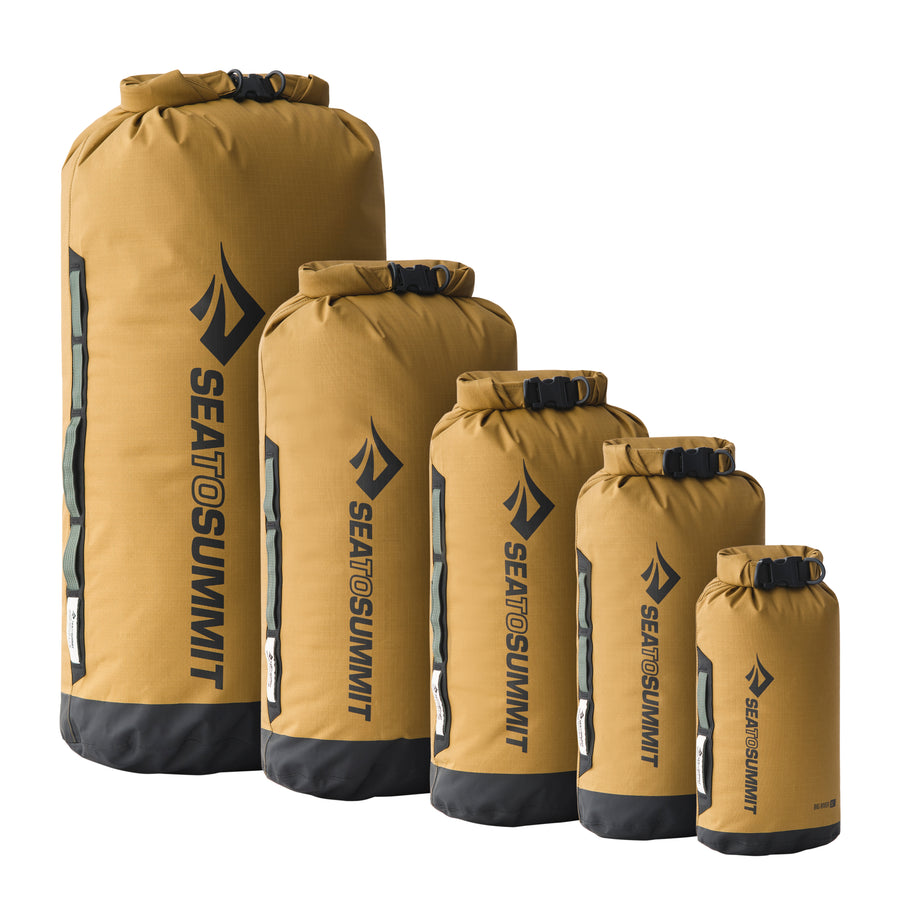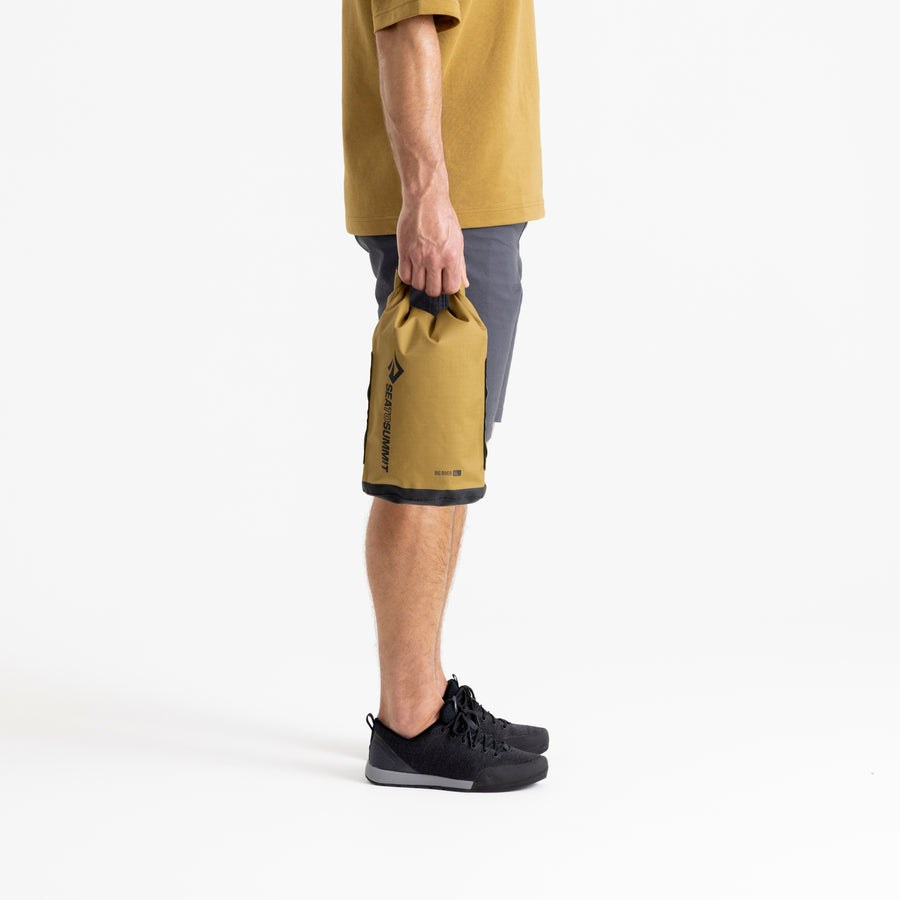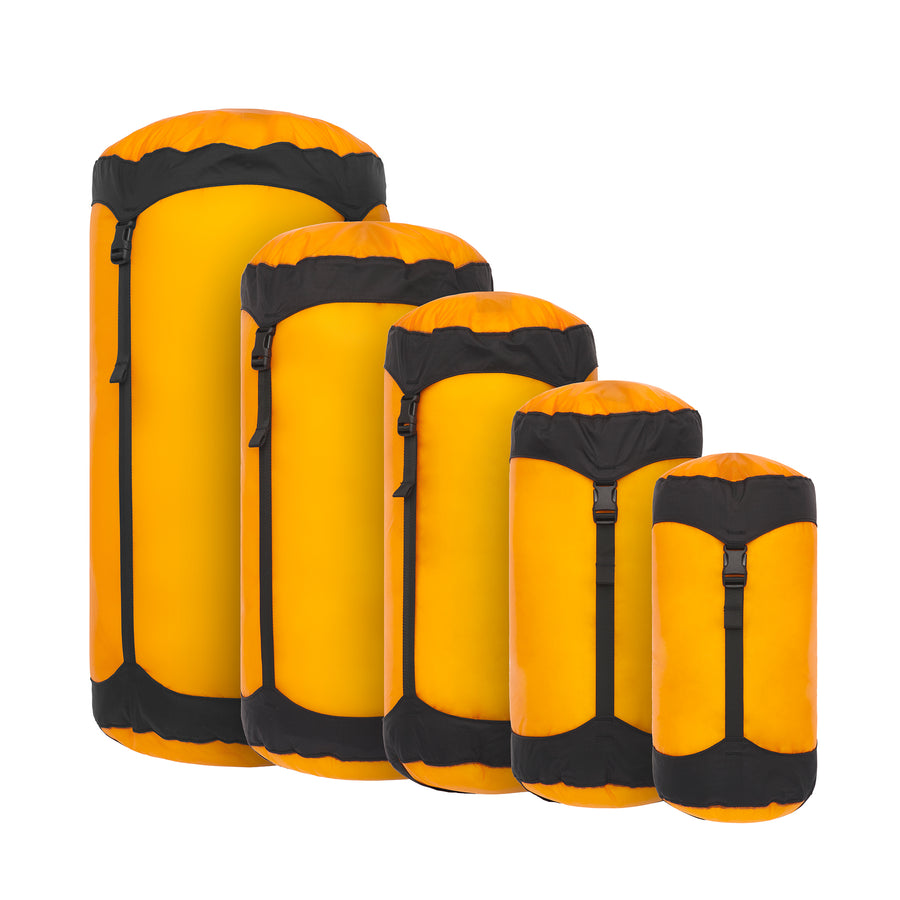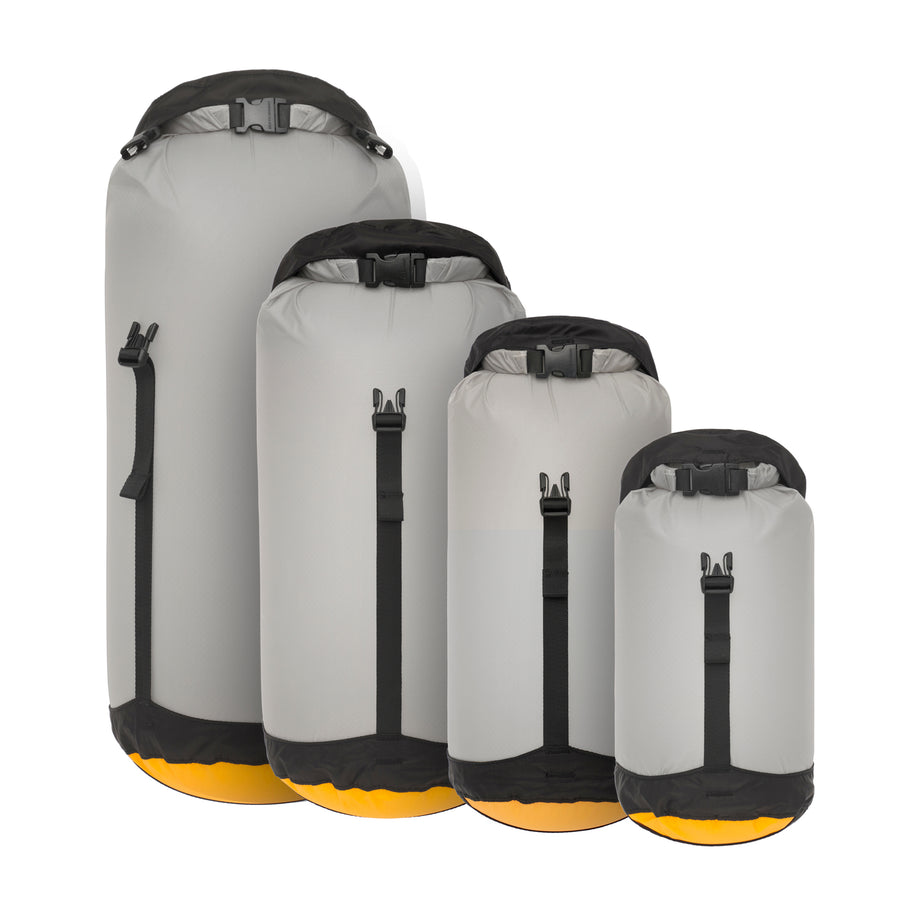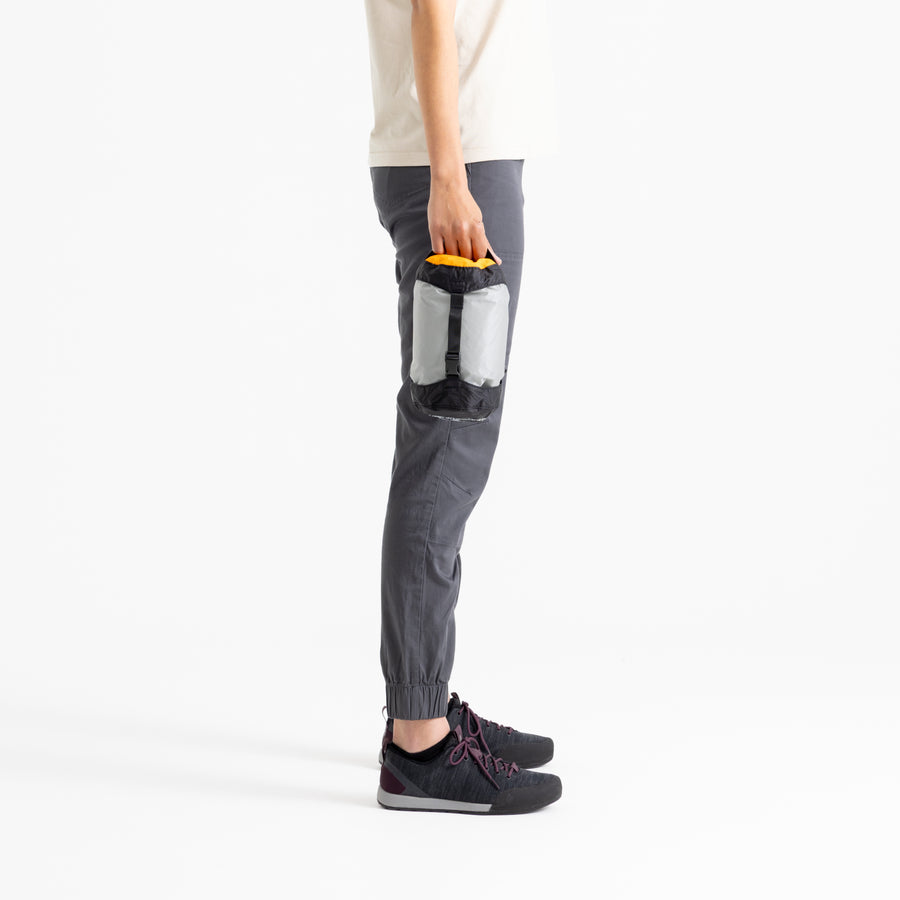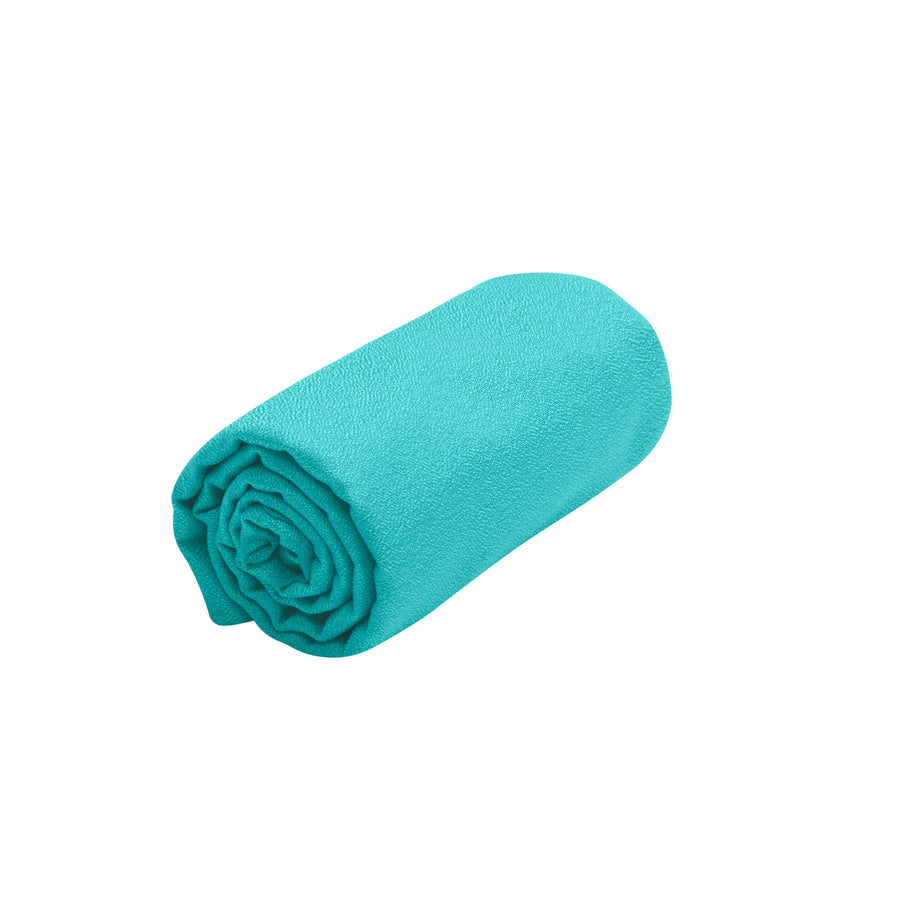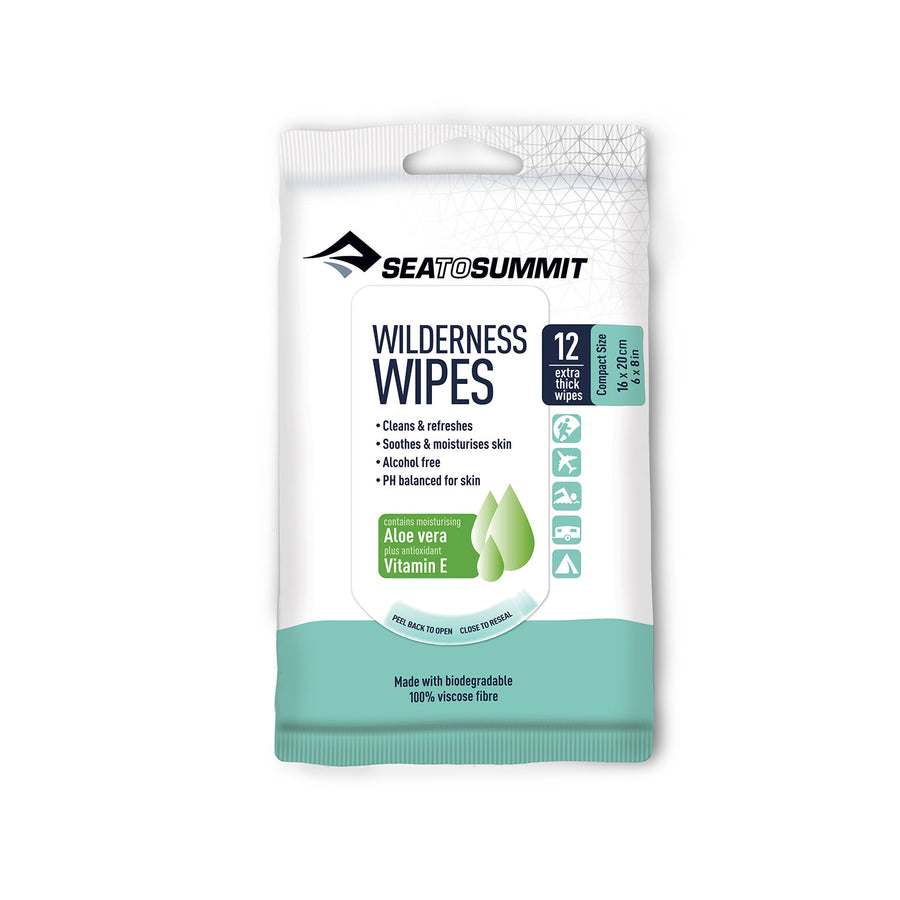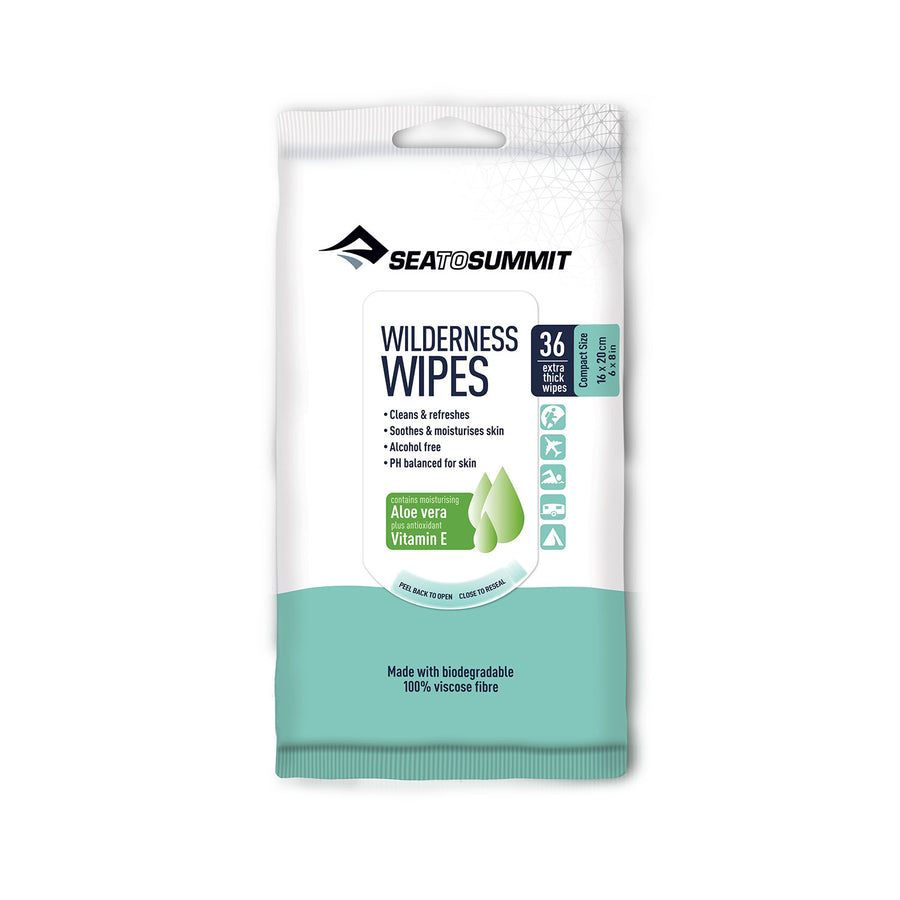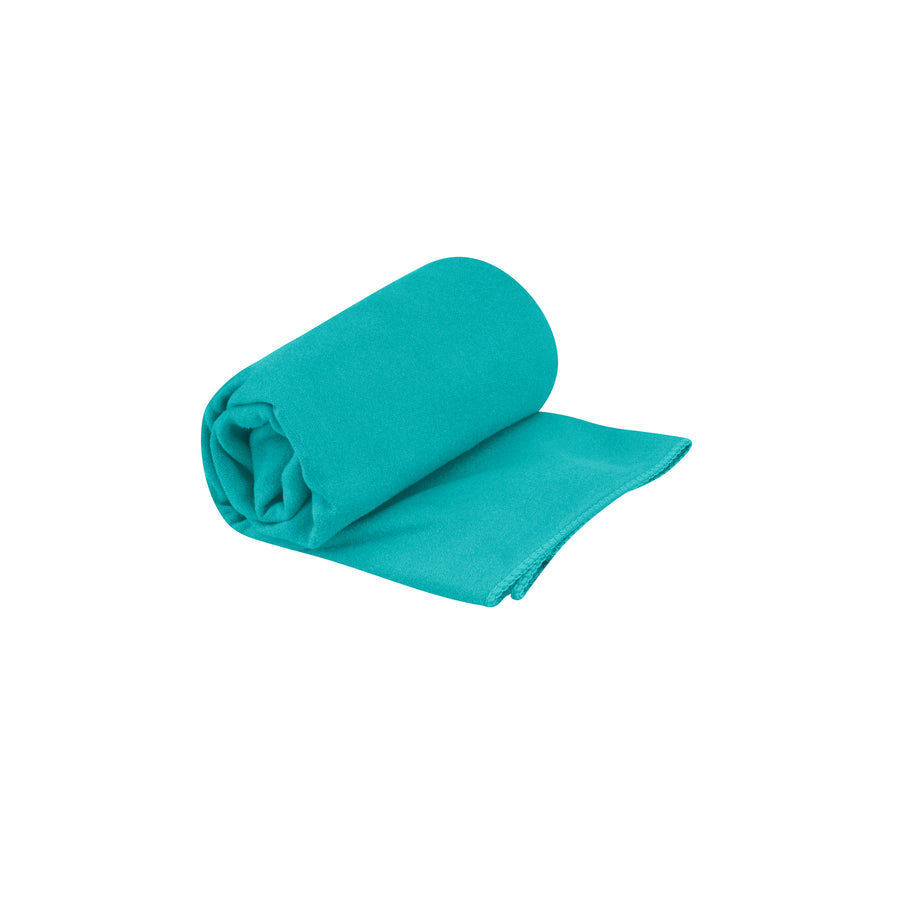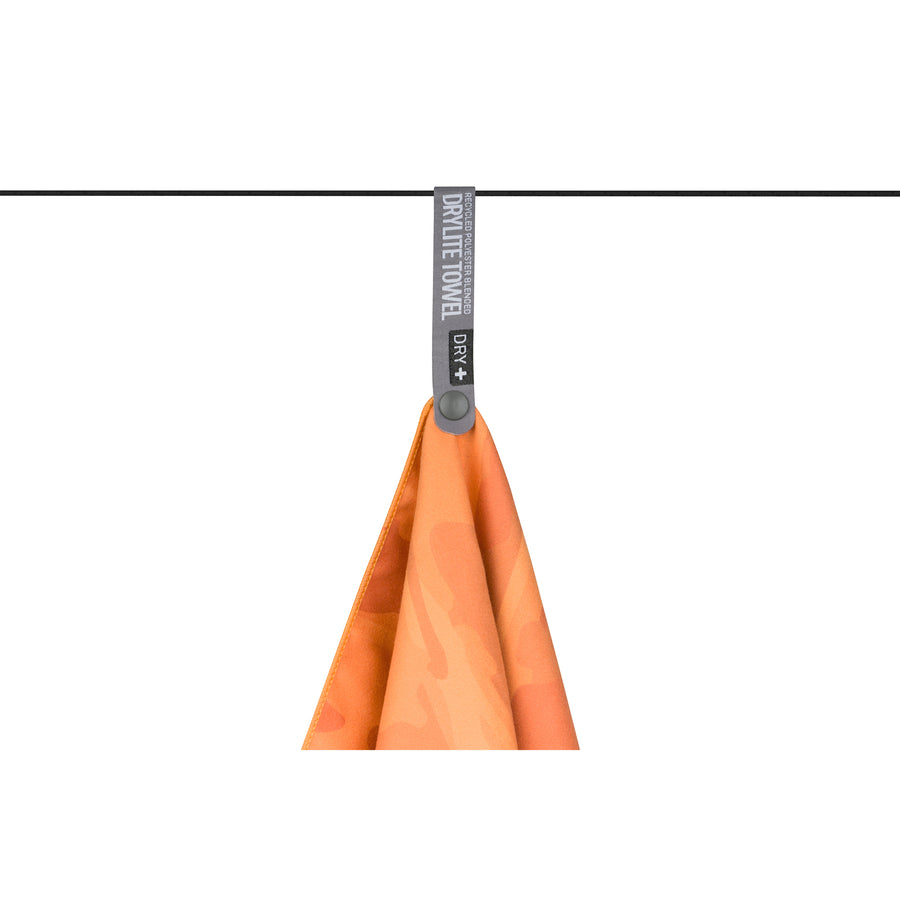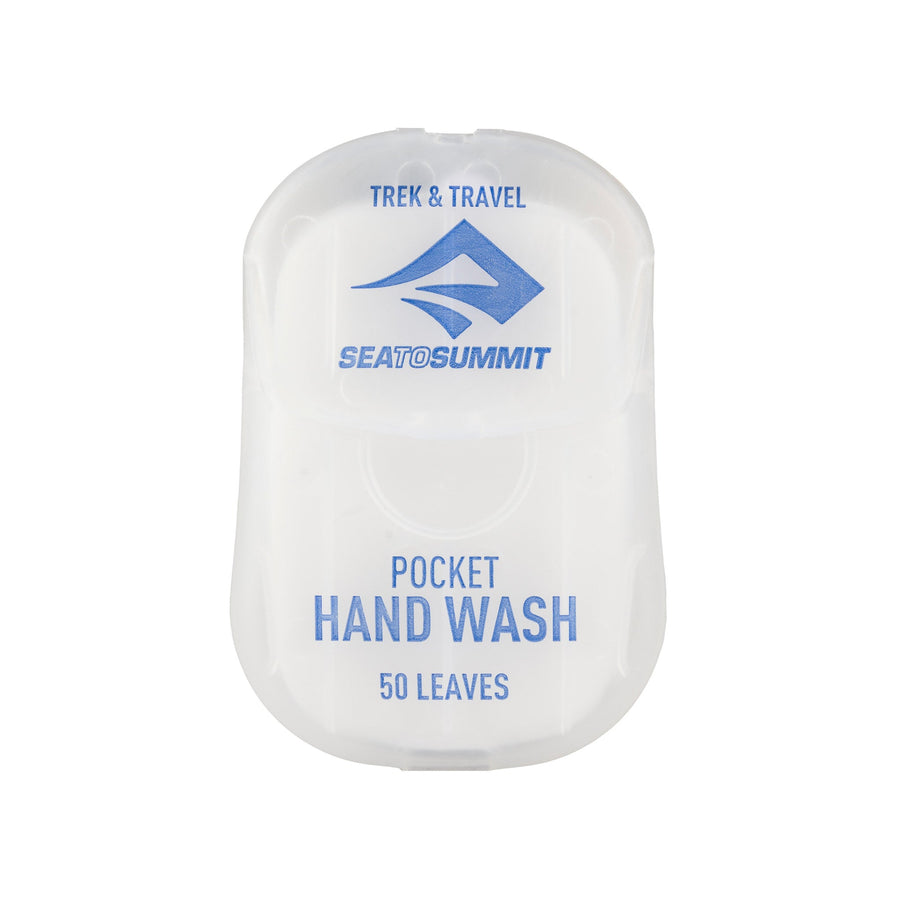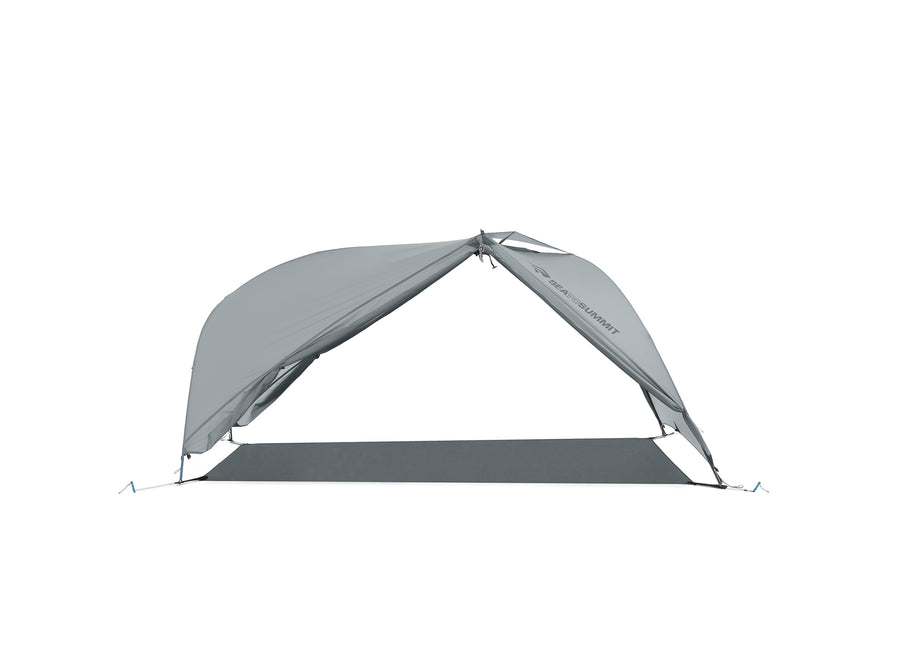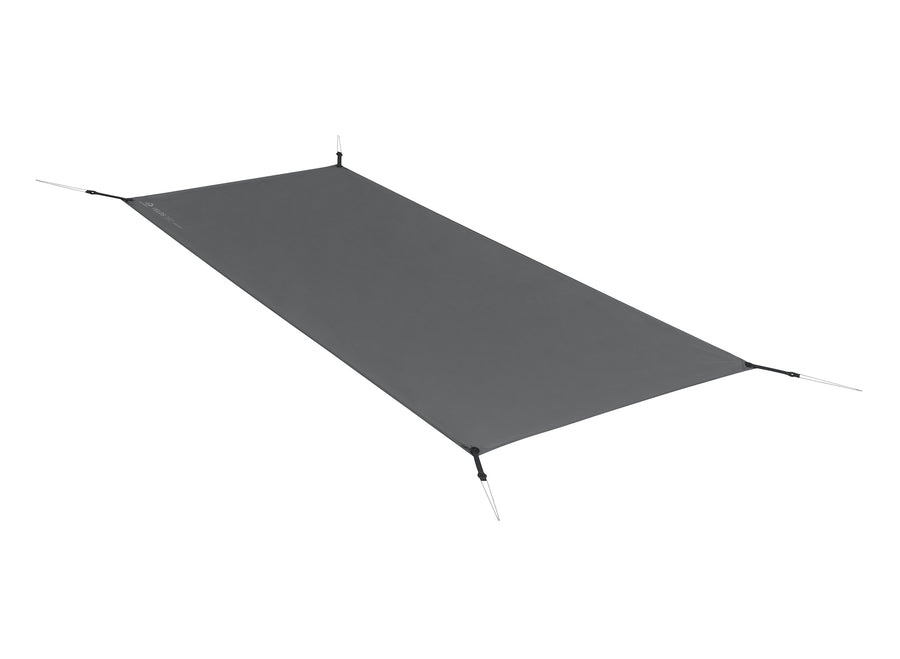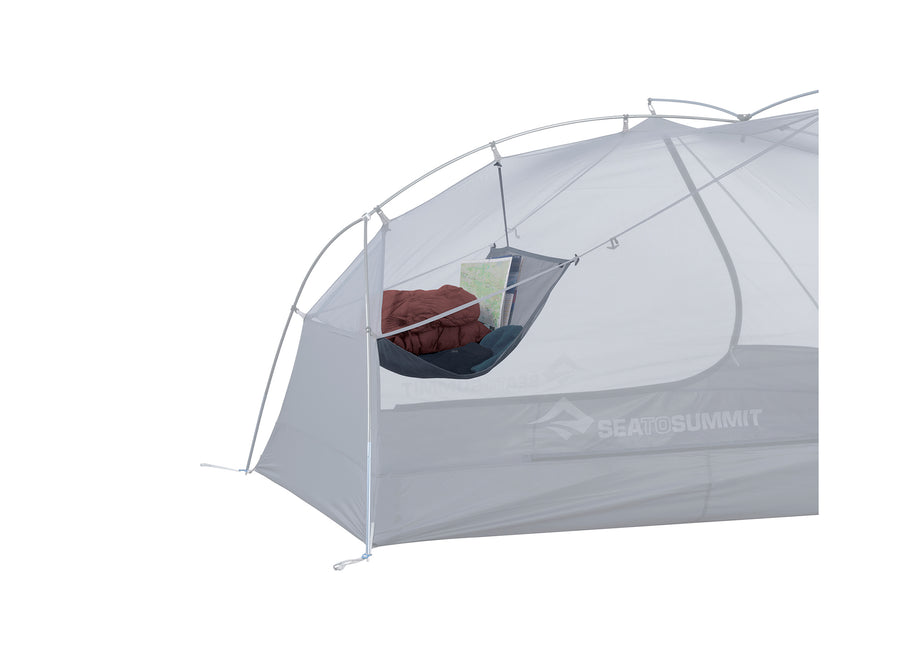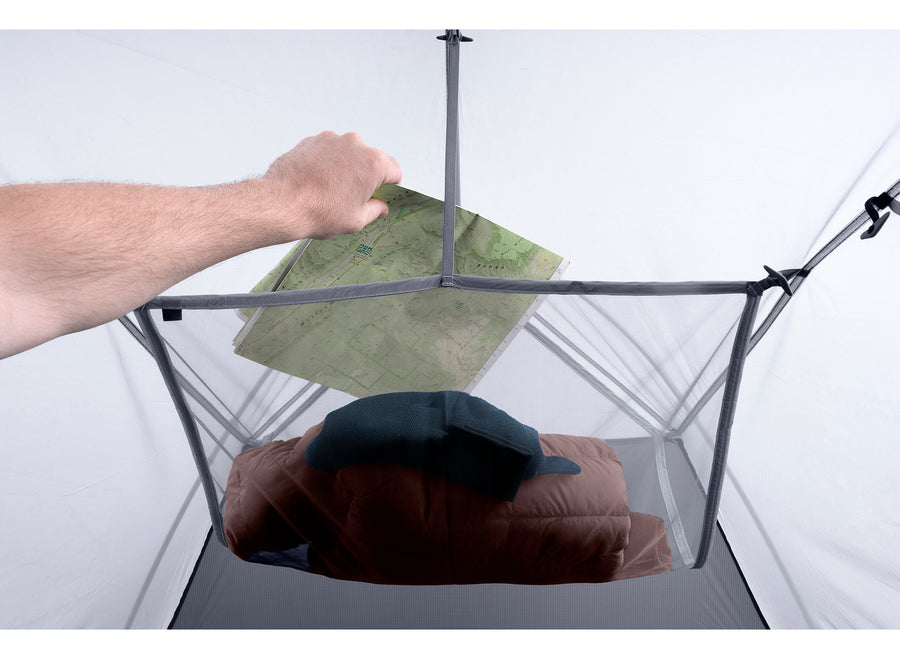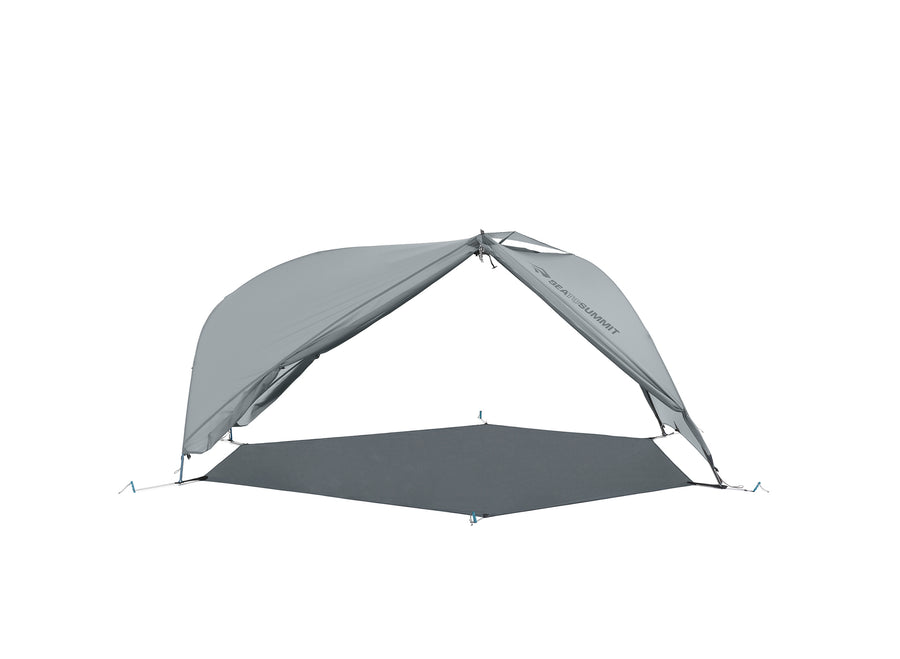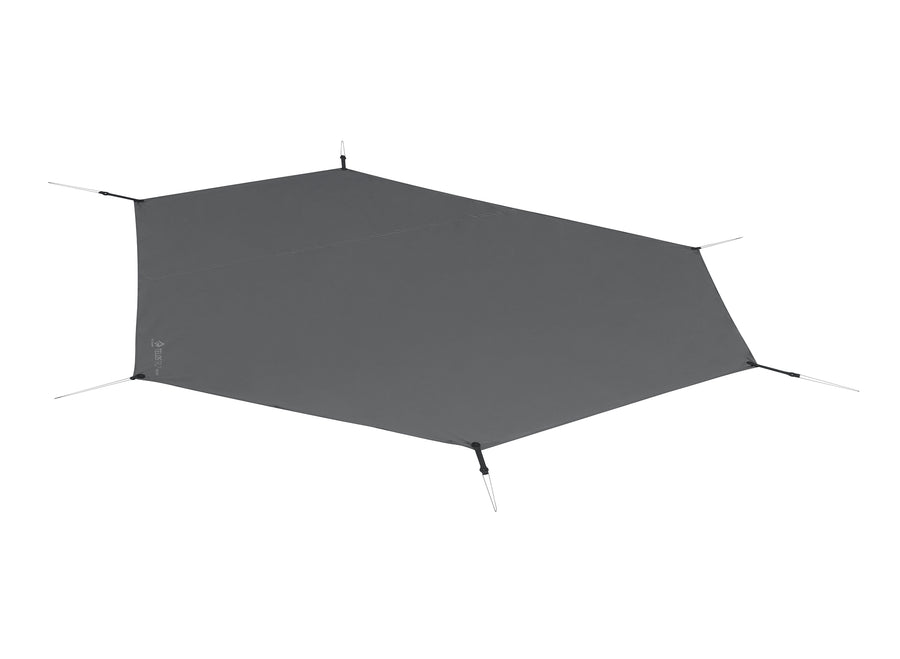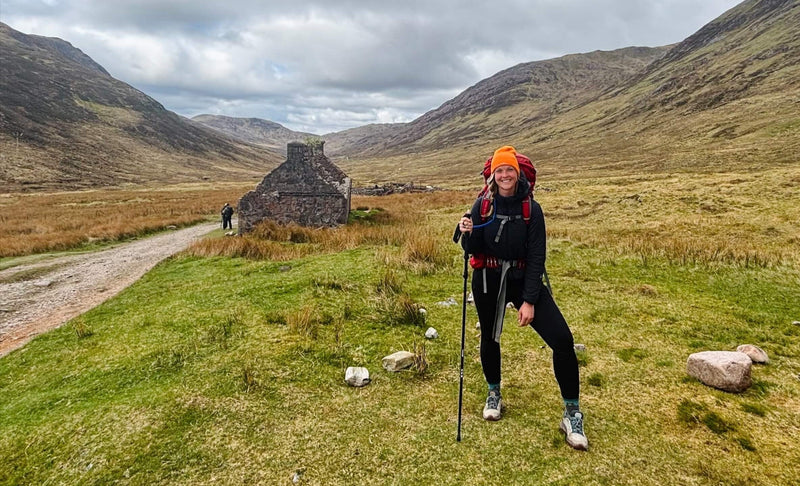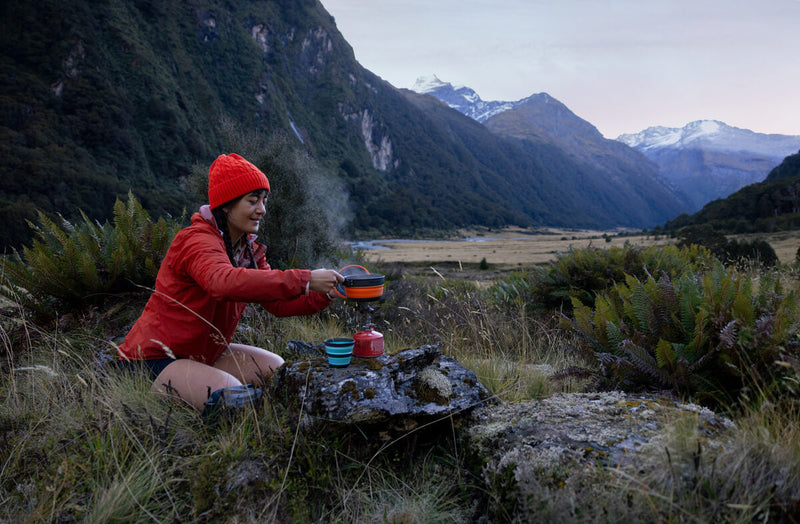Why Your Sleeping Bag Isn't Keeping you Warm
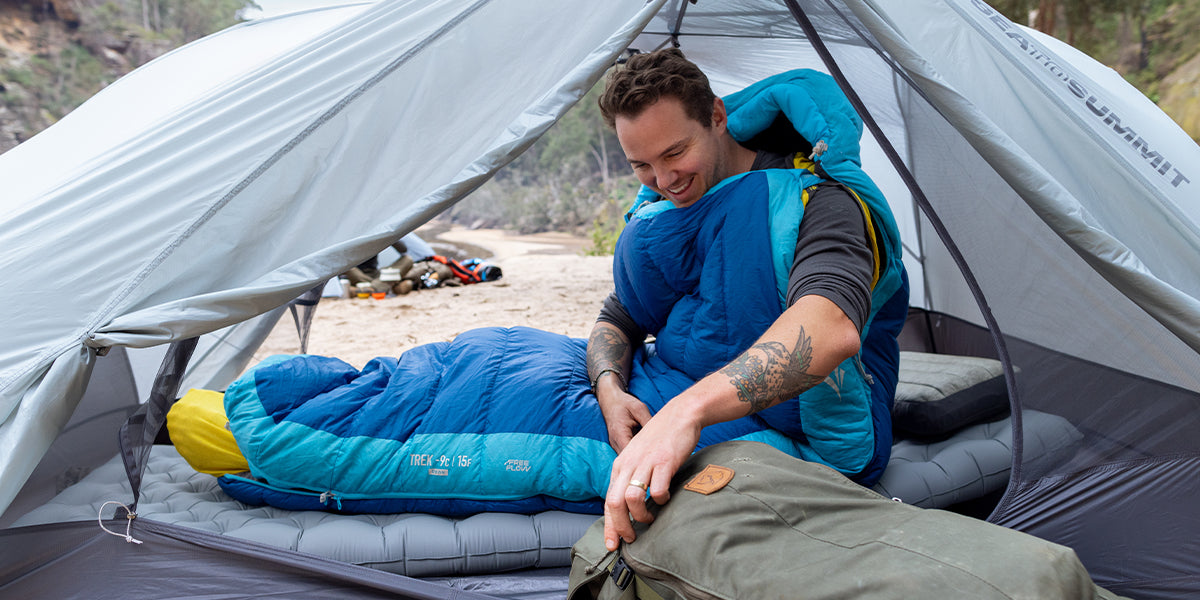
Being cold at night can ruin the best outdoor adventure. It can rob you of your enjoyment, your focus and energy to ski/run/hike/paddle the next day. And it’s far more common than you might suppose – industry studies indicate surprisingly high percentages of outdoor users dissatisfied with their sleeping experience.
The obvious solution would seem to be buying a warmer sleeping bag – however, without the necessary understanding of the factors involved in a cozy night’s sleep, that warmer bag may involve more weight, a larger packed volume and (of course) a larger outlay of cash. And may still not solve the problem.
This post contains 10 points to help you understand why you may be getting cold and what you can do to prevent it happening. You may care to begin by reading our blog on how to choose a sleeping bag or you may have clicked on this article because you were wondering why your current sleeping bag has let you down.
Well... it may not be the sleeping bag.
1. Your Sleeping Pad Doesn't Insulate Well Enough
Most quality sleeping bags are laboratory tested to determine their ‘temperature rating’. The first internationally accepted test was the European Norm 13537 (often simply referred to as “EN testing”), now superseded by the ISO 23537 test. Both test protocols result in a Comfort, a Lower and an Extreme rating.
Briefly, the Lower limit is the temperature a male sleeper should use for orientation. The Comfort rating is the temperature a female sleeper should use for orientation. And the Extreme rating is a ‘survival’ rating that has no practical relevance for outdoor users (so we have stopped quoting it).
These ratings are a guideline, not a guarantee – and they may differ from real-world performance. More about this in point 3.
The test is conducted in a cold chamber with a heated manikin dressed in heavyweight base layers and an insulating cap. The manikin is placed inside the sleeping bag to be tested, and the bag is placed on a sleeping pad with an R-Value of 5.38.
If you are using a sleeping pad with an R-Value lower than this, and you are sleeping on cold ground you may not achieve the Lower limit or Comfort Rating printed on the sleeping bag.
An R-Value is a measurement of the resistance to heat loss through a medium, in this case a sleeping pad. The higher the number, the better that pad will resist warmth flowing down into the cold ground.
Since 2020, most quality sleeping pads have their R-Value tested according to ASTM F3340-18, which means there is uniformity in the way the pads are tested. As with sleeping bags, there are differences between the results obtained in the lab test and the real-world performance of a pad. Specifically, the ASTM R-Value test is a static test – there is nothing to simulate the movement of a sleeper.
Internal air movement inside an air-filled sleeping pad can dissipate warmth. You warm up the air beneath your torso, but in some ‘cushy’ high-volume sleeping pads, the lack of stability in the pad’s construction leads to air being pushed back and forth as you move in your sleep causing the warmth to dissipate.
Solution
Make sure you choose a sleeping pad that has an R-Value tested according to the ASTM standard. For Summer use, an R-Value of 1-2 is fine. For shoulder seasons, you will need at least 3-4. And for winter camping, a pad (or combined pads) with an R-Value of 5 is necessary.
Make sure your (air) pad has a nice, supportive, stable design. Test it by rolling over a few times and seeing if it wobbles or bounces underneath you. If it does, the pad may well not insulate as well as the R-Value suggests. When you’re camping, always make sure the pad is properly inflated before you get ready for bed.
The right sleeping pad is the foundation of a warm sleep system in cold conditions.
2. Your Sleeping Pad Doesn't Fit the Way You Sleep
One way that manufacturers save weight in their sleeping pads is to make them narrower. 20” / 51cm mats are common.
Unfortunately, having your elbows or arms project over the side of a pad and touch the cold ground is also common.
Solution
Sea to Summit Regular unisex air mats are 21.5” / 55cm wide – that extra 1.5” / 4cm makes a surprising difference when you roll over. If you need more width than that, opt for the Large size of the tapered mat or the Rectangular version. Women should consider a women’s specific sleeping pad which is wider from the hip to knee (they’re also shorter and have narrower shoulders, so they’re not suitable for all sleepers).
3. Your Sleeping Bag is Losing Warmth
Once you generate warmth, you’ll be relying on the insulation and construction of your sleeping bag to seal in that warmth, and prevent cold air leaking into your sleep environment.
The ISO temperature rating test mentioned in point 1 is a rigorous, complex test that produces replicable results in accredited laboratories around the world.
However, the biggest drawback to the test is that the high-tech manikin used to test sleeping bags does not move. So, the manikin
- does not compress insulation around its hips and knees (as you might when you sleep on your side in a too-narrow bag)
- does not draw cold air past its shoulders (as live sleepers often do in bags without draft collars)
- does not create cold spots in the hood and foot box (in the way a human being does if these sections of a bag are not anatomically shaped)
- will not push an inadequate draft tube out of the way, exposing the uninsulated zipper (as you might when you move)
It is possible for a sleeping bag to perform well in the ISO test but fall woefully short in the real world.
Solution
If you intend to use a bag in colder conditions (and the fact that you clicked on this post indicates that you might), choose a sleeping bag with oversized draft tubes along the zipper, a draft collar at the shoulders and a fitted hood. Before you buy a bag, climb into it an assume a natural sleeping position (don't just lay flat on your back). If you feel your knees or shoulders compressing the insulation, or you can see light shining through the zipper's draft tube if you look inside the bag, try another model.
More complex construction costs money, which is why lower-priced sleeping bags are much simpler (and do not insulate as well).
The flip side of the financial equation is that higher-quality insulation and construction can result in a bag that is warmer without being heavier or bulkier (which answers one of the questions posed in the lead-in to this article)
4. You're A Cold Sleeper
Individual physiology, age, size, gender, shape, metabolism, genetics and tolerance to cold are the biggest wildcards in the way a person perceives temperature. Add to this the fact that we live in a world where we’re generally kept at or close to our ideal temperature for much of the time, and we may experience a bit of shock when suddenly faced with colder temperatures.
Solution
The first three points of this article should have given you some understanding of what ratings mean and how they apply to real-world conditions. Be pragmatic when choosing your sleep system: If you are a ‘cold sleeper’, you should build in a little extra margin into the temperature rating of the bag and the R-Value of the sleeping pad you choose (and you should pay particular attention to the construction details explained in point 3). Beyond this, you should absolutely include a thermal liner in your sleep system - see point 7.

Try building up your tolerance for the cold. Turn down the heat in your home to acclimatize to lower temperatures over longer periods of time - gradual and prolonged exposure to cooler temperatures works best. Your body should eventually adjust.
5. You Haven't Eaten Enough or You Need a Bathroom Break
If you haven’t eaten enough, your metabolism is going to be running slower, which means you’ll be generating less heat. When you have a full bladder, your body expends energy trying to keep that liquid warm. It’s pretty uncomfortable too.
Solution
Make sure you have a decent meal an hour or so before sleeping. Snacking during the night is an option, but having food (even in a sealed container) can attract critters to a tent and should absolutely be avoided in bear country.
If you have to pee, bite the bullet and do it. That momentary discomfort of getting out of your bag and leaving the tent will be rewarded with a warm night’s sleep. And – our new technical liners [add a link] have a draw cord at the base which means they can be ‘hitched up’ – you won’t even have to get out of your warm liner to go outside.
6. You Went to Bed Cold
Insulation doesn’t generate warmth —it can only trap it. If you go to bed cold, your bag will take much longer to warm you up.
Solution
Make sure you eat enough high-calorie foods to get your metabolism running nicely. Make sure you’re wearing a full set of dry thermal base layers before bed – the momentary discomfort of peeling off the base layers you have been wearing will be more than balanced out by the far better sleep you will experience.
You can also fill a well-sealed water bottle with hot water and place it at the foot of your sleeping bag before you head for bed. Your bag will trap the heat and you’ll be toasty warm as a result.
7. You Really Should Consider A Thermal Liner
You might own an appropriately-rated sleeping bag and a sleeping pad that seems to be adequate in terms of its insulation, but you still find yourself wishing for a couple of degrees of extra performance.
Or - your bag was fine in warmer weather but may lack the firepower for that late-season trip you are planning.
Solution
Get a Reactor or Reactor Extreme sleeping bag liner.
We have mentioned the term ‘sleep system’ a couple of times in this post. Simply put, a sleep system is the combination of the right liner, the right sleeping bag and the right sleeping mat for the conditions. The sum of the parts really is greater than the whole.
A liner will not only add some warmth, it will also wick moisture away from contact points keeping you more comfortable. And it will keep your sleeping bag from getting dirty (see point 9). A thermal liner is really easy to wash when you get home or take a rest day on a thru-hike – it can be machine washed without special soap (but please avoid fabric softeners)
8. You May Need A Women's Specific Sleeping Bag
Women tend to sleep a few degrees colder than the 'average' man due to their smaller size, fat-muscle ratio and hormonal differences. Women also predominantly sleep on their side, frequently in a ‘figure four’ position. This means they are more likely to find their knees or hips projecting beyond the sides of a mummy-shaped sleeping pad and compressing the insulation of a slim fitting ‘unisex’ sleeping bag.
Solution
Consider choosing a women’s specific sleeping bag and pad. Sea to Summit women’s-specific sleeping bags use different body-mapping to place extra insulation where it’s needed. They also have a shape that’s narrower in the shoulders and wider from hip to knee to accommodate side sleeping. Women should use the ISO ‘Comfort’ rating, rather than the ‘Lower limit’ when selecting a bag – all Sea to Summit women’s-specific sleeping bags are listed using the Comfort rating.
9. Your Sleeping Bag is Dirty
Anyone who has worked in a gear repair department will tell you: some sleeping bags have a significant accumulation of oils, salts and grime from sleepers on the lining fabric and on the shell around the hood area. They may also have fine grain sand particles which have been forced through the liner fabric of the footbox into the insulation itself.
Under these conditions, the insulation won’t loft or trap warmth all that well (and may have its lifespan shortened by years).
Solution
Some people believe that down sleeping bags should not be washed because this will somehow damage the down. Frequently, this misperception is based on poor prior experience when either the wrong type of soap or the wrong wash procedure was followed. Fortunately, we have a post which explains how to wash your down sleeping bag or synthetic sleeping bag.
If you use a sleeping bag liner, you will reduce the frequency with which you need to wash a sleeping bag significantly. It’s the single simplest thing you can do to help protect your investment when you buy a quality sleeping bag – and it improves your sleep experience at the same time. Which is a win-win in our books.
10. Your Sleeping Bag is the Wrong Shape or Size for You
OK, we left this point until last, but it’s a really important one.
If your bag is too big in places, or too long, your body is going to have too much real estate to warm up.
At the other end of the scale, a sleeping bag can be too small. The reason that sleeping bags are built with very slim shapes is that this is an easy way for a manufacturer to make a bag lighter. Coupled with this is a belief that a narrow bag is more thermally efficient. However, if a bag is narrow to the point of being restrictive, you’re going to compress the insulation as you assume a natural sleeping position and create cold spots.
Solution
A sleeping bag which is correctly shaped for thermal efficiency and comfort like the Ascent or Women’s Ascent may be your best option if you are looking for a versatile performance sleep option. Whichever bag you choose, follow the advice in point 3 and try it out by sliding completely inside the bag and assuming the position(s) you normally sleep in.
There is more on this subject in our blog, How to Choose the Best Sleeping Bag for You.
Sleep well.
